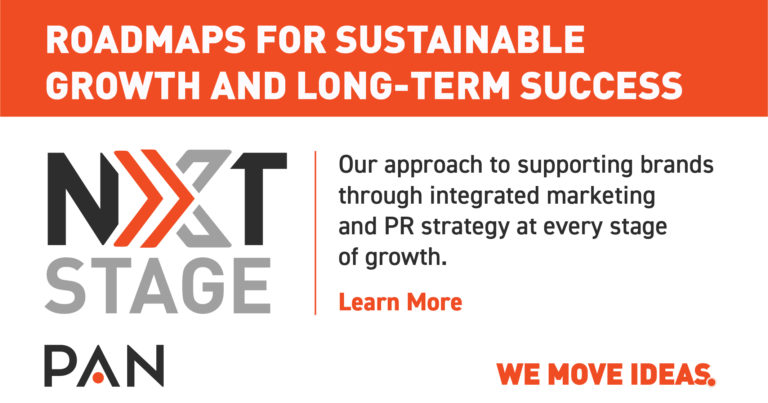What Founders Can Learn from Uber’s IPO

In what’s being called the busiest week in IPOs since 2015, the market is gearing up for Uber’s arrival onto the public scene. With investors penalizing Lyft for their lack of profitability, many are predicting a similar outcome for Uber.

Source: Pexels.com under CC license
The New York Times describes the trend:
Investors in the public markets have appeared skeptical of companies that emphasize empire-building over breaking even for many years. Shares in Lyft were down 16 percent from their I.P.O. price as of Monday’s market close, while those in the social media company Snap are down 34 percent from their debut price two years on.
Meanwhile, lesser-known brands, like Zoom, are outperforming expectations as investors flock to proven business models, predictable growth and the promise of near-term returns. It’s an interesting landscape, to say the least, and begs an important question of late-stage founders: Is the risk of going public worth the reward?
We’d argue it depends on how well you are managing your pre-IPO narrative to drive an accurate valuation, prepare for difficult discussions and, ultimately, mitigate risks. While it may seem that private companies are at the mercy of the market, in truth, a thoughtful communications strategy can greatly impact financial outcomes. But the work needs to start well in advance of your IPO.
When we dig into recent IPO news cycles, a few core themes emerge:
1. Inflated valuations are coming under fire
While it may be “the new normal” for companies to command $1B+ valuations, successive poor performance in the public markets proves that investors are tiring of paying top dollar for “eventual” returns.
2. New markets, new metrics
Companies with disruptive business models are commanding more than traditional players in their sectors, come IPO time. They’re also being evaluated using non-traditional metrics – think awareness or engagement vs. sales – as well as for their future potential – think data capabilities to support AI; contribution to autonomous economy, or IoT advancement.
3. Impact messaging is growing in importance
Changing the world seems to be on everyone’s agendas these days and with good reason: bigger opportunities = bigger price tags. Impact messaging must be balanced with a clean record of corporate citizenship, though. The market has grown wise to this approach.
So, how can founders get ahead of these trends to drive the best outcome at IPO? It comes down to three things: embracing your story, preparing for the hard questions and introducing new measuring sticks.
Embrace your Story
Fearless story ownership is required if you aspire to gain awareness and preference on the road to IPO. We’ve seen time and again that companies are measured on both hard business metrics – like growth, profitability, headcount, subscriptions/sales – and soft metrics – like differentiated IP, disruption/impact, total addressable market, CEO vision and pedigree. The very first exercise you should do on your road to IPO – and the earlier you do this, the better – is take inventory of your top metrics. Define which of those tell the strongest and weakest story for your brand, and let that lead the development of your broader business narrative.
Beware, though, of making these decisions in a vacuum. Study category leaders, deal-side competitors and broader market trends to inform your strategy. Your story needs to be authentic and planted in your founder’s view of the world. Your narrative is not just about your products, however world-changing they may be. Fearless story ownership requires total awareness of your strengths and weaknesses as a business, as a leadership team, as a financial entity, as an employer, as a corporate citizen and beyond. Who are you? Why should investors – private or public – buy into your vision? Even more importantly, why should everyday people believe in your brand?
Prepare for the Hard Questions
Let’s spend a bit more time digging into how you might let your weaknesses inform your business narrative. Your first instinct as a founder may be to protect your company from potentially damaging discussions, which is smart. However, what’s smarter is to anticipate and get ahead of the tough questions you might receive, and to develop responses that re-direct those discussions toward positive outcomes.
On the road to IPO, you are likely to be asked about profitability, to be challenged on growth and asked about innovation. You may be subject to a “down round” and successive reduced valuation, your “burn rate” may come into question. How will you react? You need to set your narrative to address this or the market will set it for you. Be honest with your communications partners about your challenges, then spend time as a leadership team developing responses in advance of any actual crisis. At PAN, we encourage growth messaging sessions for this exact purpose. The outcome is more confident spokespeople and, ultimately, more top tier company feature opportunities – the rewards for preparedness are great.
Suggested Read: How to Garner Earnings Headlines that Will Blow Your Investors Away
Introduce New Measuring Sticks
This is where the rewards of your great planning are reaped. You know what metrics the public market will evaluate you on and, at this point, you’ve done a deep evaluation on your strengths and weaknesses here. But when you control your narrative – and by that we mean pursue it fearlessly as your first instinct – you can introduce new measuring sticks to influence your audiences’ perception of you. You can define your value in a way that appeals to your target audiences, whether they be private investors, customers, prospects or regular people.
Let’s take a look at how Tesla has done this over the years. When questioned about burn rate at IPO, Musk pointed to the fact that he and his team were scaling production; when Tesla’s valuation came into question as compared to traditional automakers, Musk asked the market to stop evaluating his company on volume and, instead, to question why someone would buy anything but an electric car – introducing a new measuring stick by citing the long-term return on that investment. As investors came calling around ROI, Musk and his team introduced a breakthrough in chip technology to power the future of autonomous vehicles – answering the question of profitability with IP. In summary, knowing your story, knowing your weaknesses and getting ahead of criticism enable founders to own outcomes, to create new measuring sticks by which they will be evaluated (and priced, if IPO is in your future).
This week’s headlines are sure to be sensational – they may excite you, or they may scare you – but remember that the outcome of Uber’s IPO and countless others were at least in part determined before they filed their paperwork. The question is, who was at the wheel?
Let us grow alongside your brand during important milestones. Learn more about our NXT Stage Approach.

